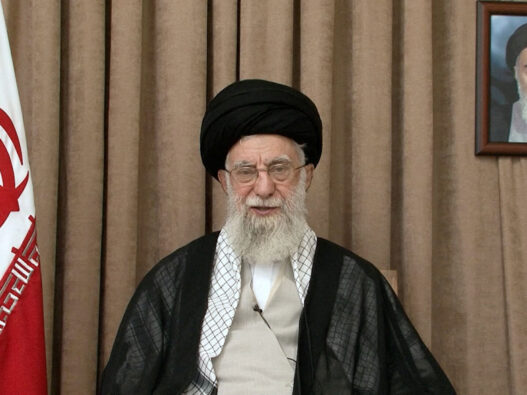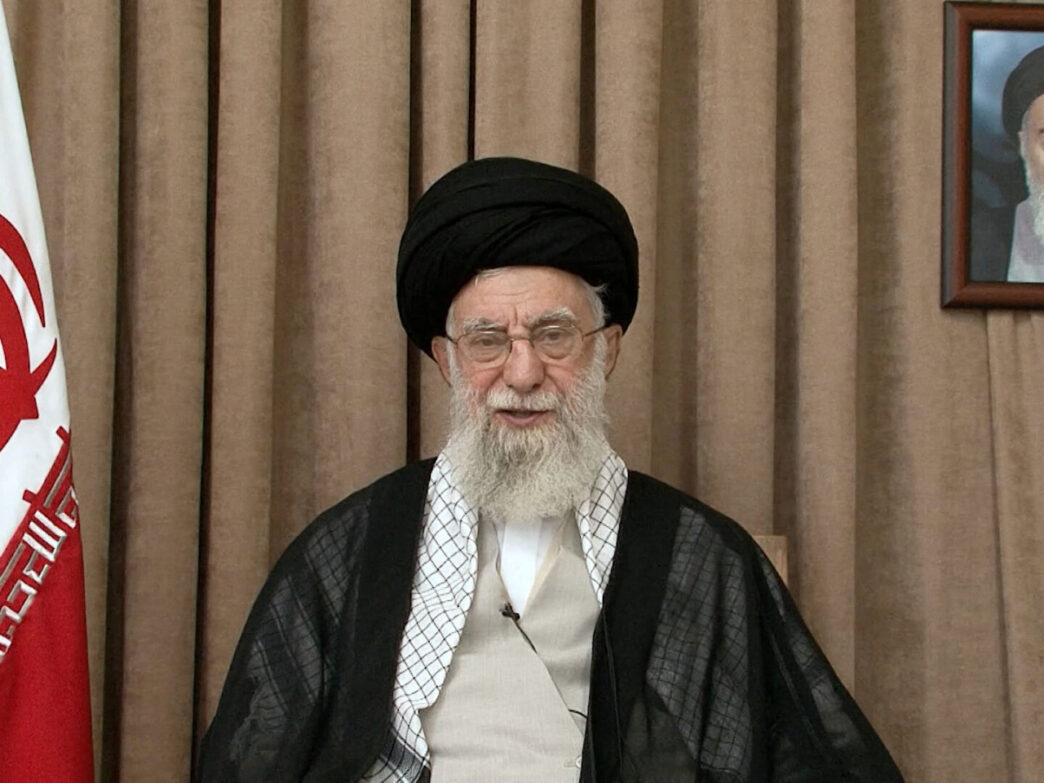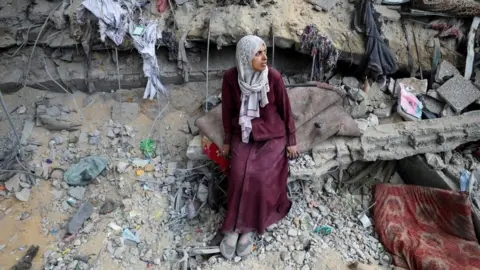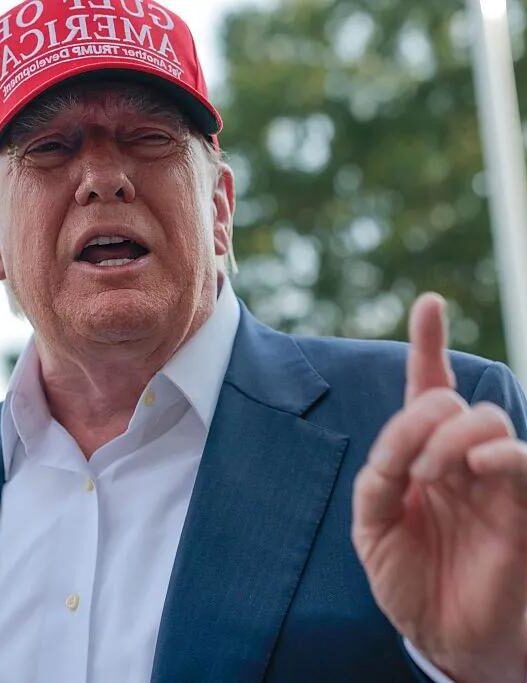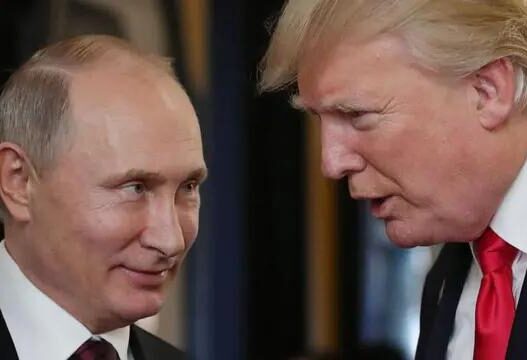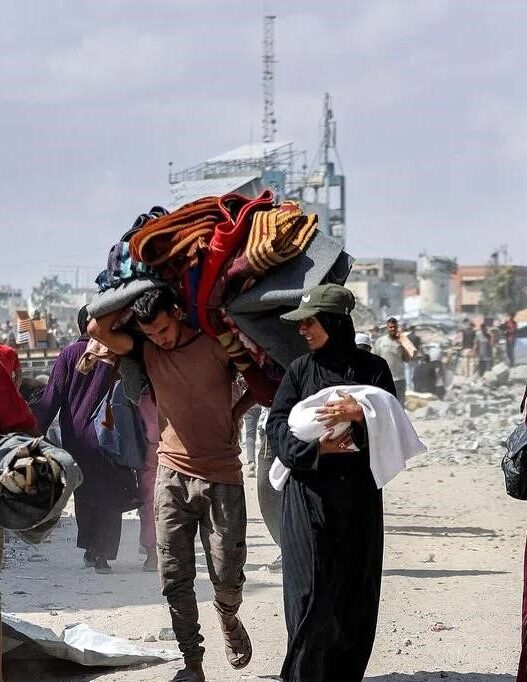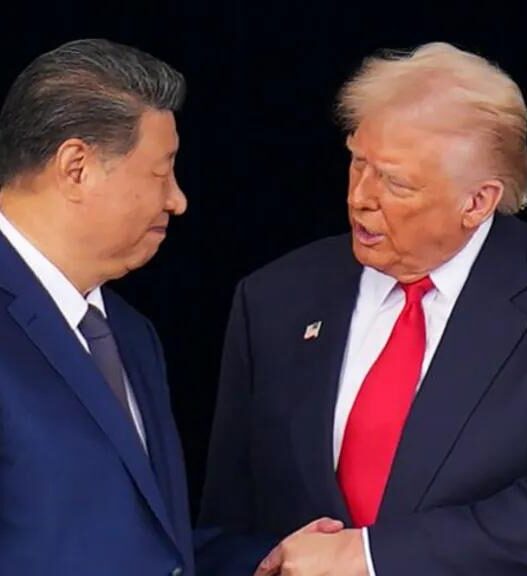Khamenei Breaks His Silence After Ceasefire
Iran’s supreme leader, Ayatollah Ali Khamenei, publicly dismissed the effectiveness of recent U.S. airstrikes on Iranian nuclear sites. In his first televised appearance since the ceasefire with Israel, Khamenei declared, “The U.S. gained no achievements,” and warned that Iran’s retaliation had dealt a “heavy blow” to American forces.
US Claims ‘Historic Success’ vs Iran’s Denial
Despite Khamenei’s remarks, the U.S. maintains a very different narrative. Defense Secretary Pete Hegseth, speaking from the Pentagon, claimed the strikes caused “historic damage,” rendering key Iranian nuclear facilities inoperable. He argued the attacks pushed Iran’s nuclear ambitions back by years.
President Donald Trump echoed this, stating the strikes “totally obliterated” three major nuclear sites: Fordo, Natanz and Isfahan. However, some reports from unnamed U.S. officials suggest the damage might be less severe than publicly stated, sparking controversy within Washington.
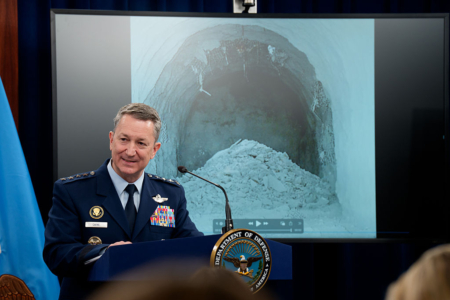
Where Is Khamenei? Rumors and Bunkers
Khamenei had been notably absent from public view since the conflict erupted on June 13. Iranian officials confirmed he was sheltered in a secure location but refused to disclose his whereabouts. His sudden reappearance came with strong threats: any future attack would trigger more strikes on U.S. bases across the Middle East.
Iran Threatens More Retaliation
Referencing Iran’s missile attack on a U.S. airbase in Qatar—an attack that caused no casualties but rattled military nerves—Khamenei warned, “This can happen again. Any aggression will come at a high cost.”
Despite U.S. claims, Iran insists its nuclear program remains intact and purely civilian in nature. Khamenei mocked Trump’s boasts, saying, “They achieved nothing. Their objectives failed.”
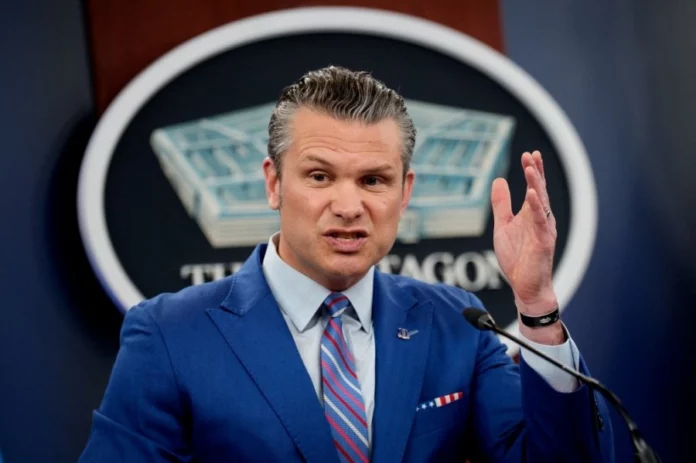
Nuclear Talks Off the Table
While the White House explores diplomatic avenues, including offering Iran support for a non-enrichment nuclear program, Iran’s foreign ministry made it clear—no negotiations are planned.
The tension erupted after Israeli Prime Minister Benjamin Netanyahu’s warning that Iran was dangerously close to building a nuclear weapon. This was compounded by a declaration from the IAEA that Iran violated its non-proliferation commitments for the first time in 20 years.
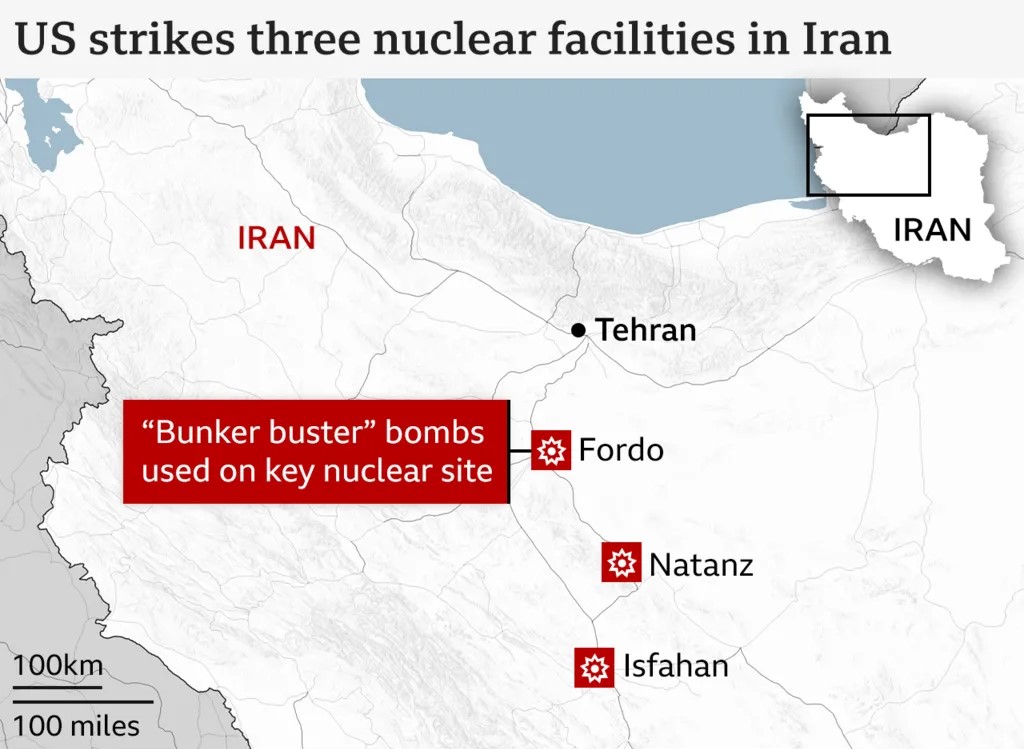
The Human Cost of the Conflict
According to Iran’s health ministry, 610 people died during the 12 days of airstrikes. Israel reported 28 deaths on its side. The U.S. became directly involved after targeting Iran’s underground facility in Fordo using bunker-buster bombs.
Despite heavy damage reports, IAEA Chief Rafael Grossi noted Iran may have relocated much of its enriched uranium before the strikes—a claim the U.S. denies.
Iran Cuts Ties with Nuclear Inspectors
In a dramatic escalation, Iran’s parliament passed a bill to end cooperation with the IAEA, effectively blocking international nuclear inspections.
What Happens Next?
As both sides exchange threats, one thing is clear—the strike did not resolve anything. Instead, it pushed the U.S., Israel, and Iran closer to a prolonged standoff that could reshape the Middle East for years to come.







